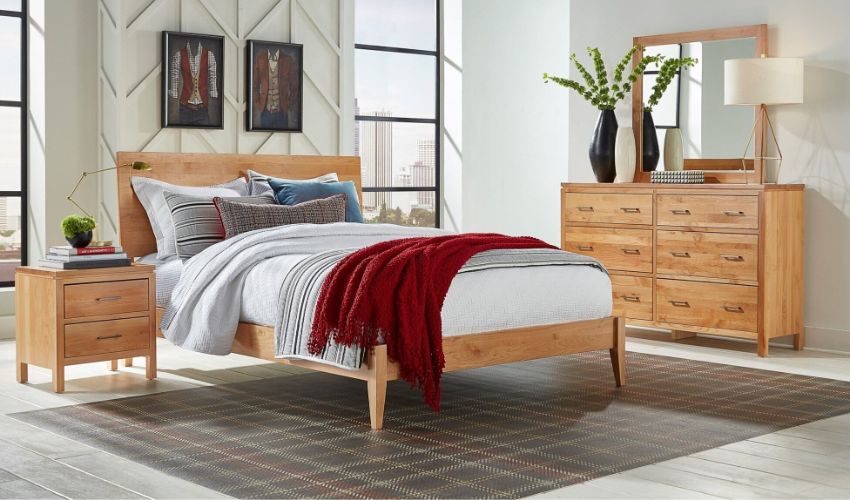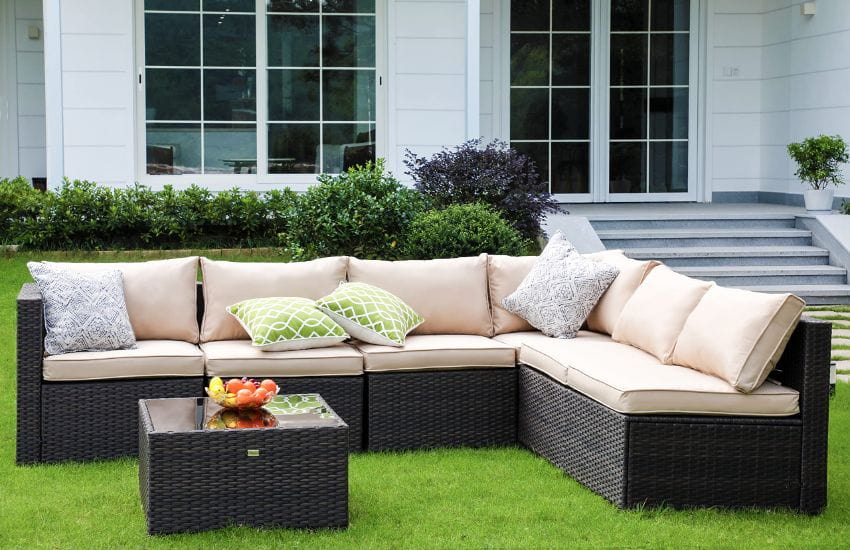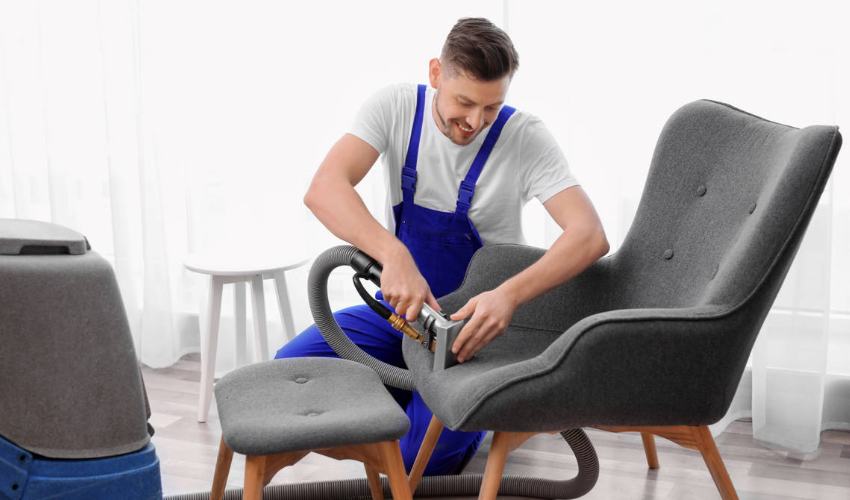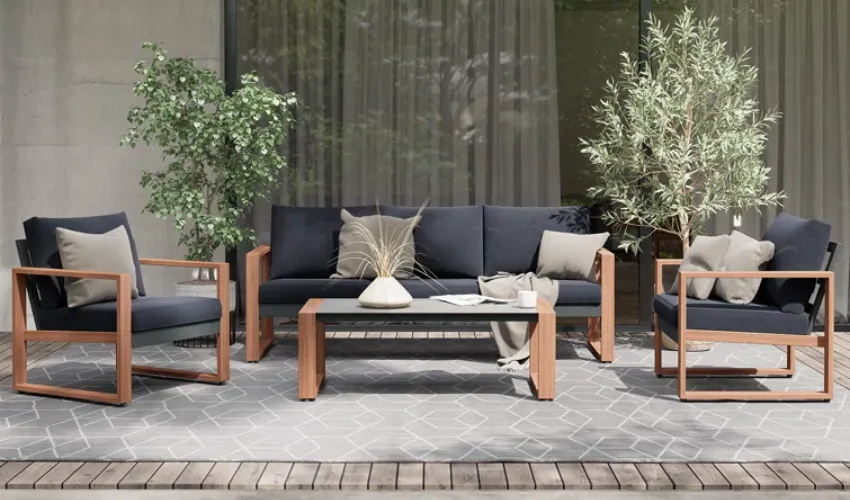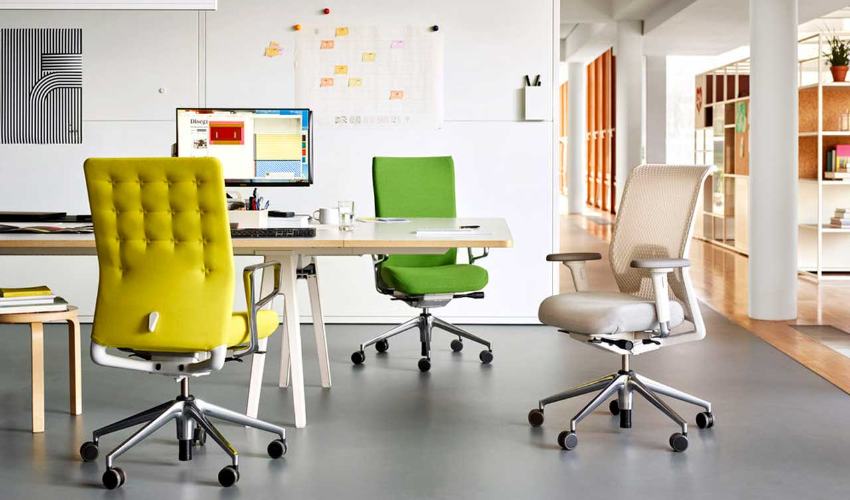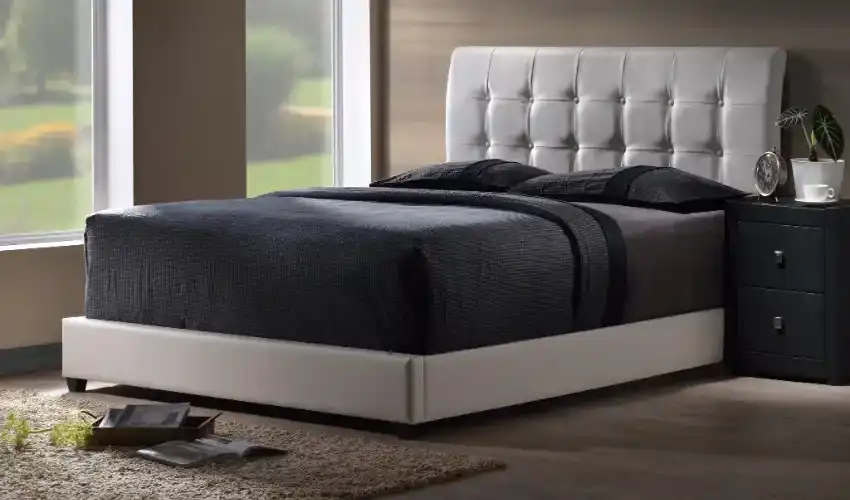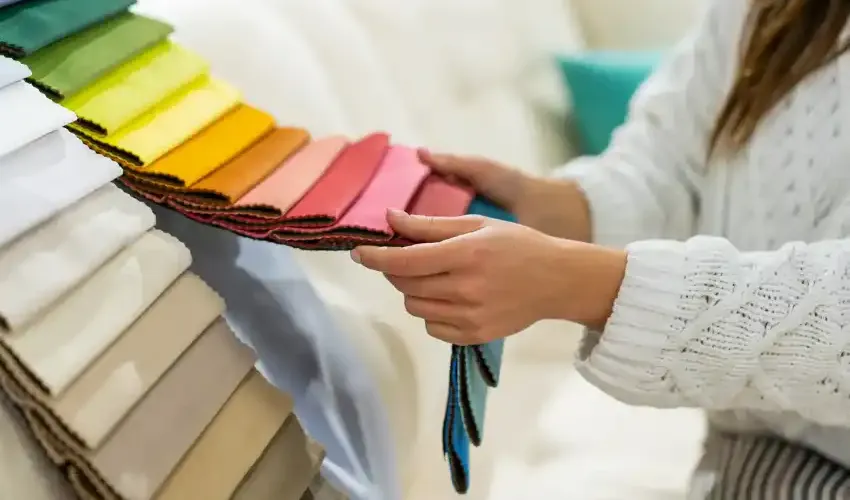Upholstery is an essential part of your outdoor patio, garden, lawn, balcony, deck, and other furniture. By choosing a well-designed and attractive upholstery material, you can make your outdoor furniture and decor more cozy and inviting. Furniture Upholstery has got you a valuable guide for choosing the right upholstery materials for your outdoor areas. In addition, we will also go through some essential tips for the maintenance and care of outdoor upholstery fabrics.
Outdoor Upholstery Materials, Upkeep & Style | An Exclusive Guide
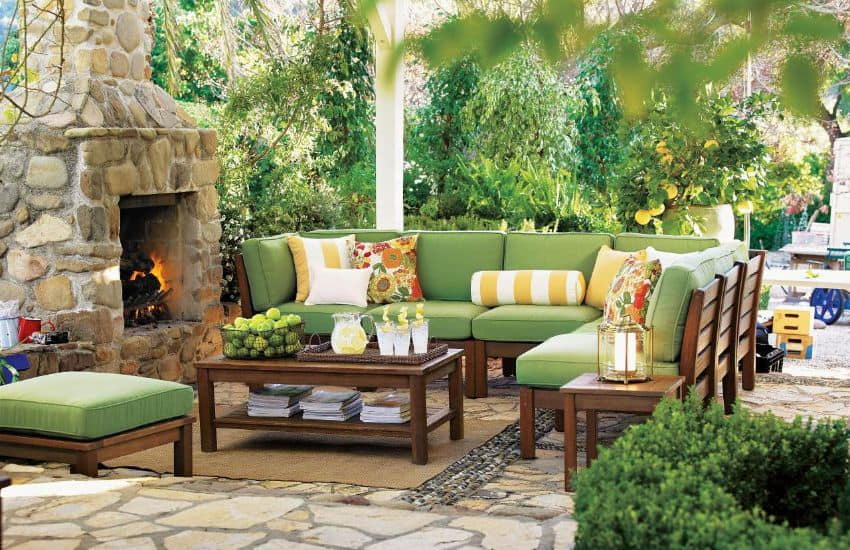
To craft an appealing and purposeful outdoor place, you should consider some essential features in fabric material such as its weather resistance, breathability, durability, aesthetics, cleaning, and maintenance requirements. If you want to get all these features right in your outdoor upholstery fabric, you should analyze the following considerations before choosing any specific material.
Selecting An Appropriate Material For Outdoor Furniture Upholstery
1- Weather Resistant Fabrics
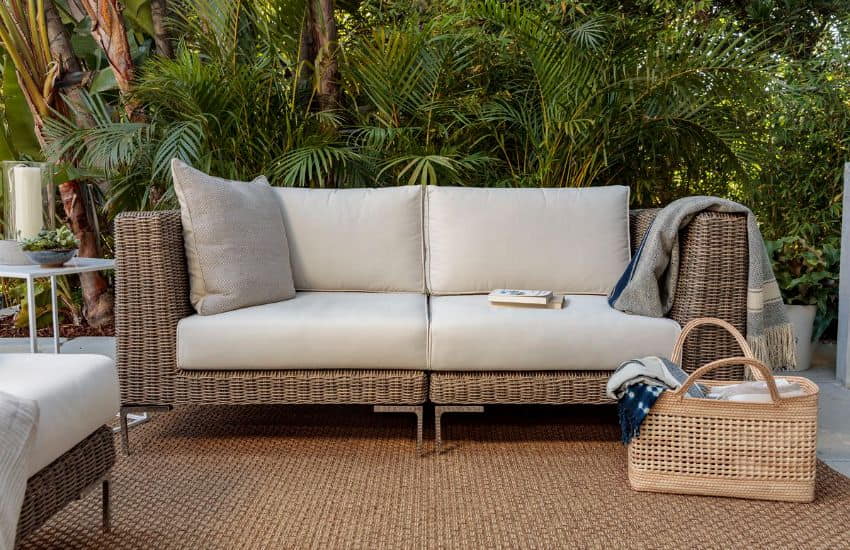
When you have a plan to choose material for outdoor Furniture upholstery, the major aspect that you must consider a priority is its weather resistance. How much can it withstand weather conditions? Because both outdoor upholstery and furniture usually face multiple weather conditions all through the year.
Therefore choose a material that can effectively resist dust or dirt particles, moisture, UV rays, mold growth, and color fading. Acrylic, Olefin, Polyester, Sunbrella, solution-dyed textiles, and their blends are highly robust and resilient, hence favorable for outdoor furniture coverings and cushions.
2- Breathable Upholstery Fabrics
Choose a breathable fabric material that has micro-pores for smooth airflow. Having breathable fabric also prevents the accumulation of dust particles, moisture, and mold. Moreover, the porous surface also allows the upholstery to dry quickly just after heavy rain because it doesn’t accumulate raindrops or moisture content.
Furthermore, the accumulation of moisture content for a long time also leads to mold or mildew growth. Breathable fabrics always provide you a dry and cozy seating in every weather condition. Olefin, Textiline, Acrylic, and Polyester are highly recommended breathable fabrics for outdoor custom furniture in Dubai.
3- Durable & Clean Materials
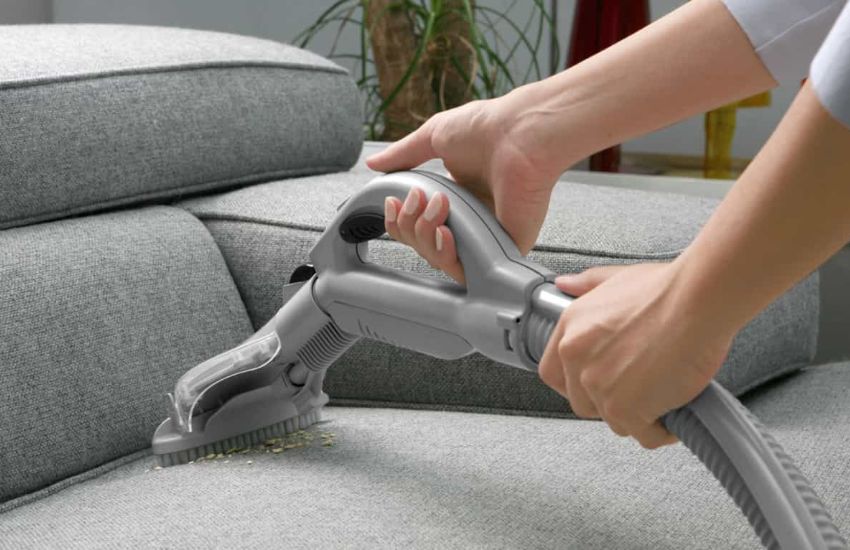
Durability and cleaning & maintenance requirements are the most common aspects to evaluate while choosing outdoor area upholstery material. Always select a material that comes with maximum durability and resilience to make your investment valuable. Moreover, never forget to consider the cleaning and maintenance requirements.
All dust, stain, scratch, and moisture-resistant materials require very low cleaning and maintenance requirements. You can easily clean them with simple washing and cleaning techniques, using household detergents and cleaning agents.
4- Style & Aesthetics
In this era of innovation and style, everyone wants to have a unique decor for both residential and commercial places. Style and aesthetics are equally important for your outdoor furniture covering just like durability and toughness.
Always choose a material that can compliment your sofas, chairs, tables, flooring, and other accessories in terms of color, texture, and pattern. Covering furniture with suitable colored and patterned fabrics will make your seating area more luxurious and elegant.
Outdoor Upholstery Care & Maintenance
1- Regular Dusting Or Cleaning
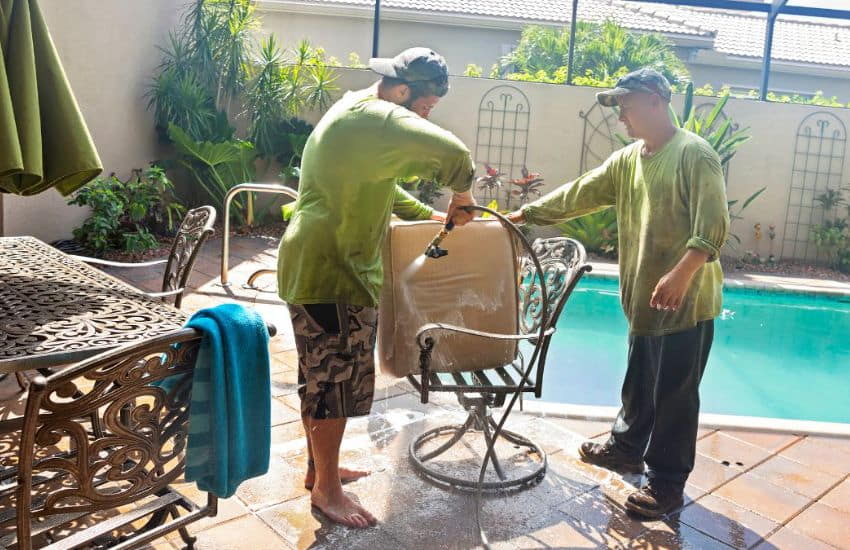
To enhance the durability of your outdoor furniture upholstery and sofa upholstery regular dusting/cleaning is the foremost practice. You can use a heavy-duty vacuum cleaner to remove dust or dirt particles from the upholstery surface regularly. Check the entire upholstery surface to identify any type of stain. If you find any type of stain on the surface, wipe it promptly with any suitable cleaner otherwise it can also affect the rest of the area.
2- Storage During Harsh Weather
Try to store your outdoor upholstered furniture and cushions in a well-ventilated and dry area to prevent the harsh effects of bad weather. Doing this will prevent your upholstery material from staining, color fading, and mildew growth. Furthermore, it will also prevent the surface from severe accumulation of dust or dirt particles.
3- Furniture Covering For Protection
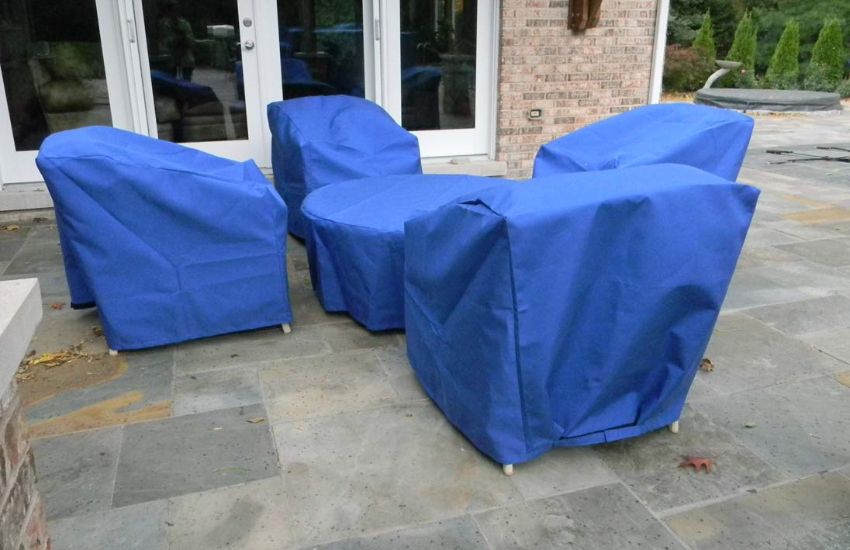
You can also enhance the lifespan of your outdoor furniture upholstery by applying a high-quality protective covering. When outdoor furniture is not in use, you should shield it with durable and weather-resistant covers. Polyester, Vinyl, or PVC-made covers are highly waterproof and dust-resistant, therefore best to cover outdoor sofas, chairs, and tables.
4- Avoid Harsh Chemicals
While cleaning or maintaining furniture upholstery, never use harsh chemicals or toxic cleaning agents. Because they can lead to color fading, fabric damage, and multiple health issues. Try to avoid bleaching solutions, Perchloroethylene, and all Ammonia-based chemicals for upholstery cleaning.
5- Proper Drying

After cleaning/washing or huge exposure to rain, it must be ensured that the upholstery surface gets completely dry. There should be no moisture content remaining in cushions or upholstery material. Because moisture residue can lead to swift mold or mildew growth, musty smell, and discoloration.
Final Words!
To conclude this exclusive guide, we can say choosing the right upholstery for outdoor furniture items not only boosts the aesthetics but also ensures promising functionality. Furniture Upholstery has walked you through a unique approach to outdoor furniture upholstery selection for maximum benefits. By considering all these key points, you will surely grab a perfect upholstery material that not only crafts a unique outdoor seating but also performs well despite all damaging factors and conditions.

